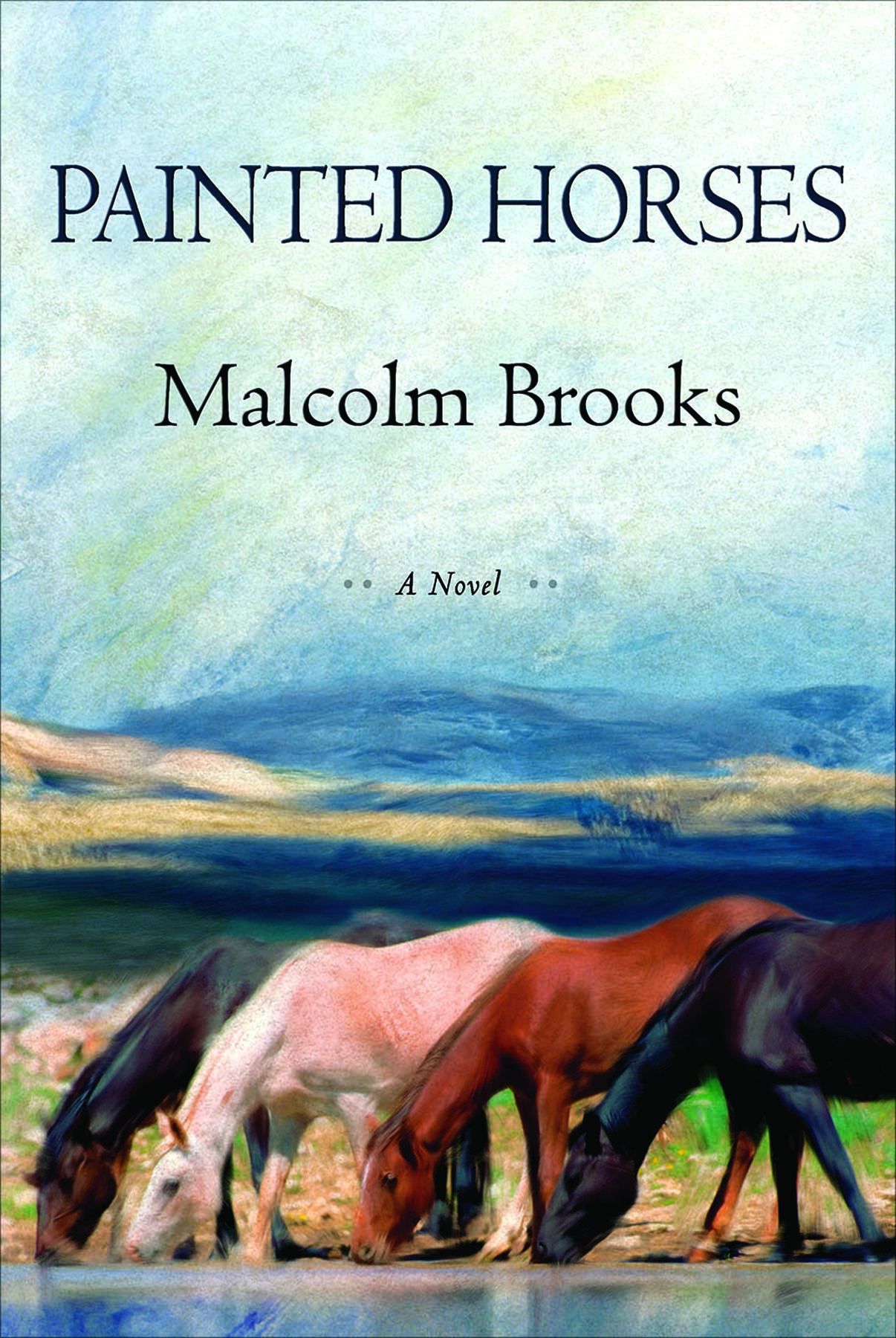
25 Aug Books: Writing the West (Arts 2014)
Painted Horses
Catherine Lemay is the deeply flawed, passionate young heroine and archaeologist at the center of Montana writer Malcolm Brooks’ ambitious and affecting first novel, Painted Horses (Grove Atlantic, $26), a sweeping and dramatic saga set against the landscape and economic realities of 1956 Montana. A heroine with a specialist’s background and a once-in-a-lifetime challenge in front of her, Lemay has brought with her to Montana the biases of a privileged Eastern upbringing that still feels peculiar to the mid-20th century. But for all that, she is a character firmly rooted in the timeline of America in the 1950s, dropped into Brooks’ vividly imagined West. Her biases are fresh and timeless, as is the hubris that propels her story. And the forces she’s up against in taking on a project that weighs historical value versus economic progress feel perfectly contemporary, as well.
After abandoning her parents’ hopes for her music career and a conventional life, and taking part in an archeological dig in post-war, post-Blitz London where each cubic yard of earth seems packed with important artifacts, Lemay has convinced herself that an important career in archaeology is hers for the taking and has taken on the assignment of investigating the historical value of an area soon to be the site of a major dam project in eastern Montana. The canyons she surveys, from what she perceives as nearly empty and historically uninteresting towns, feel vast and unimportant to Lemay, who wraps herself in the kind of self-confidence that youth and privilege induce. She stumbles over her ignorance at every turn. When she becomes absorbed in a painting on the wall of a local restaurant, she thinks the café owner is introducing himself when he names the artist as Charlie Russell. She looks out over the wide-open landscape and describes sagebrush as “that gray shrub.”
As she begins her investigations, Lemay’s arrogance and youth work against her and her missteps read as comedy until she grasps her own limits and reaches out to the locals who can actually help her. It soon becomes clear that she was hired for this work precisely because her employers believe she can’t handle it — and they are determined to thwart her when she does begin to succeed in her quest to find out what is important. Lemay’s story alternates with that of a recluse who inhabits the canyons she’s investigating and whose path she crosses as she gets closer to seeing the truth in the world around her. John H is a mysterious character and an apt foil for her naiveté, representing the vanishing horse culture of the West and helping to open her eyes to what is really at stake.
Brooks plays on our assumptions of what a young woman in fish-out-of-water circumstances would think of the alien country where she’s landed and tweaks the Westerners who inhabit his pages for the same parochialism, while weaving a dramatic and complex story that still resonates today. The ambition that Lemay has brought to the West is shortly to come into conflict with the traditions, pride and ambitions of both the people who call the area home and those who wish to capitalize on the seemingly empty landscape and supposedly boundless resources of the still-wild lands of Montana. Brooks takes what could be a simple story and brings in a little romance and reveals the deep contradictions that are at the heart of Americans’ reverence for the West, until that reverence comes into conflict with progress. This is an important book but also an entertaining one, a book that is destined to form part of the canon of Montana literature as it preserves a piece of the past by exposing not just myth but deeper truth.
Cowgirl Dreams, Follow the Dream and Dare to Dream
The three books that make up Heidi M. Thomas’ series — Cowgirl Dreams, Follow the Dream and Dare to Dream, (TwoDot Books, $16.95 each) — comprise a grand family saga that takes the eponymous dreaming cowgirl, Nettie Brady Moser, from her circumscribed life as a hard-working daughter, chafing against expectations and authority on her parents’ Montana homestead through the lean years of the Great Depression as the wife of a rancher herself, to the glory days of rodeo in the years leading up to World War II. Based on the life of the author’s grandmother, the Montana rough-stock rider “Tootsie” Gasser, these three books offer a glimpse into the chutes of rodeo life that was part-and-parcel of the ranching world — and could also be your ticket out of it — in the first part of the 20th century. But these appealing, readable and engaging books also offer views into the history of Montana, the history of rodeo and the history of women striving for equality a mere century ago.
In the first volume, the award-winning Cowgirl Dreams, Nettie’s ambition to join the rodeo circuit and become a star brings her into direct conflict with her more-traditional mother — and with societal prejudices against women performing in a male arena. When she falls in love with a local rancher who raises rodeo stock, she seems to have found a way to “have it all,” only to have to face the real challenges that every woman of every era will ruefully recognize. Follow the Dream, which was awarded a Willa Literary Award by Women Writing the West, picks up the story of Nettie’s struggles to balance being a wife and mother with her ambition to travel to London as part of the Tex Austin Wild West Troupe and deals with her grief at the loss of her mentor. When fate and the Great Depression intervene and she and her husband have to struggle to keep family and home together in the face of new realities, she falters in a very real way.
The newest book in the series, Dare to Dream, picks up Nettie’s tale in 1941, with the 36-year-old once again having regained her spirit and determined to ride rough stock and make her name in the rodeo arena. She attempts to enter an event in Cheyenne, Wyo., only to be rebuffed by the Rodeo Association of America, which has barred women from the steer- and bull-riding events. Her fury at the discrimination fuels her determination to make a change for women, just as World War II changes rodeo and the West — and the role of women in America — forever.
Even though she takes real life as inspiration for her work, Thomas doesn’t fall into the trap of including every minute detail that could be drawn from her grandmother’s biography, and she doesn’t mythologize her main character. Her heroine, Nettie Brady Moser, is a hard-working, big-dreaming woman who chafed against her family’s restrictions as a girl who wanted to rodeo and who still chafes against society’s expectations as she grows into womanhood. But she isn’t a one-dimensional superwoman. The realism that Thomas brings to Nettie’s struggles comes from her ability to convey her selfish and impetuous side and her struggles with her demons.
Sundance
In the category of “based on a true story,” David Fuller’s fictional novel, Sundance (Riverhead, $27.95), takes on the ambitious task of imagining a new ending (or perhaps just the middle) for the life story of one of the most notorious and celebrated outlaws in Western history, literature and film. Fuller takes up the tale of a recently released inmate, known to his jailers as Harry Alonzo, from the state penitentiary in Rawlins, Wyo., as he starts life anew with the driving purpose of finding his beloved wife, who he hasn’t heard from in two years.
Harry Alonzo, of course, is just another pseudonym, and the wife of his quest is the beautiful and notorious-in-her-own-right Etta Place. It appears that rumors of his death in Bolivia at the side of Butch Cassidy were wildly exaggerated. Almost immediately recognized (and challenged by the impetuous son of a sheriff) upon his release, the Sundance Kid’s legend precedes him and dogs him as he heads across the country in his quest to find Etta in her last-known location: New York City.
It is almost impossible to picture the hero of this story as he takes up his saddle and holsters after his time in prison (noting that his gun has been replaced with a cheap imitation by the fellows who had held it for him, though luckily the false seam in his saddle that held his gold stash is still intact) without conjuring up the face of his most famous portrayer. Fuller gives credit to the writer William Goldman’s great screenplay for Butch Cassidy and the Sundance Kid as inspiration for the personality of the Sundance who inhabits his pages, crediting him with a quiet affability and nimble mind, while Sundance himself muses that Butch was always the real affable one. Fuller also draws heavily on the historical record and not just the legend. Still, you can picture a slightly older Robert Redford befriending young Chinese boys, charming rooming-house owners and eluding detective Charlie Siringo as Harry Longbaugh navigates the New York City of 1913 — a world much changed from the frontier of his former exploits. He gets swept up in the events and politics of the time, from women’s suffrage, to the Triangle Shirtwaist Fire, to the actions of the gang known as the Black Hand.
The New York City that Fuller evokes feels authentic down to its residents — including the social reformer Lillian Wald (a friend of Etta, who has in turn started championing the underclass) — and its events, including the International Exhibition of Modern Art at the Armory (which underlines the shift in the world from the Frontier era to the Modern era). His Sundance winds his way through the landscape, chasing down clues, and Longbaugh becomes a real character independent of his legend.
Anyone who ever has ever rooted for Butch and Sundance will root even harder for “Harry” to use his ingenuity and guile to find Etta and to start a new life in the new century. The fantasy that those two bandits survived their legends (Robert Leroy Parker makes a brief appearance in his old friend’s journey) is tempered by what feels like an authentic introspection and reflection that Sundance brings to his quest. Novels like Sundance are most effective when they walk the fine line between realism and fantasy, which this book does from the first page. Readers who take the leap with Fuller will enjoy their fall into this creative reimagining of what might have happened.
All Fishermen are Liars
Sprinkled throughout John Gierach’s latest book, All Fishermen are Liars (Simon and Schuster, $24), are clever gems of wisdom about the beauty of fishing — and his joy in fishing for a living — tempered by a complete lack of arrogance and a self-deprecating humor that has made him one of the great fishing writers in America. He tells his own story as he tells the story of how to fish, but also how to live in harmony with nature, willing to accept the quirks of your neighbors and fellow fisherman, going along with progress and adapting to circumstances.
One of the great appeals of fishing as a lifestyle or a hobby is that it’s never the same river twice. The breeze always carries different smells or brings along dandelion clocks in a slightly different pattern. The water itself is always moving, whether on Great Bear Lake or through a small mountain stream. Fish flashing under the water carry with them the colors that are particular to the light and the refraction caused by the water, and they are totally unpredictable. As Gierach says, “I remind myself that every day of fishing plays out like a movie. I may be hoping for something like My Dinner with Andre, but it could always turn out to be Dude, Where’s My Car?”
His words may be a more elegant variation on the bumper-sticker wisdom that “a bad day fishing is better than a good day working,” but great truths can come in all kinds of packages. And the beauty of this collection is that Gierach finds plenty new and different to say in each essay. From acknowledging why “all fishermen are liars” to confessing to a secret ambition to design a steelhead fly that could live up to the potential of the name “the Nuclear Option,” to confessing to being baffled at his unending association with bamboo rods, Gierach eloquently puts words to what those who fish already know to be true, a satisfying affirmation of why anyone would sit in a boat or stand on a stream bank with a slender rod in hand, hoping that your skill on a particular day will entice a fish.
Of Note: Books, Music, Movies & More
Three new volumes from Bangtail Press feature the varied and diverse writings of authors from western Montana. An Elk River Books Reader: Livingston and Billings Area Writers; A Country Bookshelf Reader: Bozeman Area Writers; and A Fact & Fiction Reader: Missoula Area Writers Bangtail Anthology (each $19.95) collect together poetry, short fiction and essay in volumes that celebrate the rich contemporary literary world of Montana. Because these anthologies are collections of writers’ work and not thematic, there’s nothing forced or artificial about them — in fact they feel like an introduction to the writers and a chance to get to know them. Bangtail’s concept behind these anthologies is an interesting one, featuring the independent bookstores that survive in part due to the local writing scene and support its flourishing.
Trout Unlimited’s Guide to America’s 100 Best Trout Streams (Lyons Press, $24.95), long a staple of the fisherman’s bookshelf, has been completely revised and updated, featuring full-color maps and photographs that offer up-to-date information on when and where to go and what to use for the best trout streams America has to offer as selected by the members of Trout Unlimited. Author John Ross shares his own experiences traveling the country to fish these streams, as well as those of the anglers for whom these streams run right through their backyards. The regional organization of the book means that this can be a book for dreamers, travelers or perhaps just a way for fly fishers to enjoy the world-class streams in their own backyards.
The Real Wolf: The Science, Politics, and Economics of Co-Existing with Wolves in Modern Times by Ted B. Lyon and Will N. Graves ($21) takes a legal approach to the ongoing discussion and controversy surrounding the politics, biology and logistics of the reintroduction of wolves to the West. This is a dense and detailed collection of research that could continue to fuel debate about the place of these predators.
Through short, sometimes lively, and nostalgic, but not hagiographic essays on Montana’s past, Aaron Parrett delivers a broad, thoughtful and entertaining view of Montana’s last 150 years in Montana Then and Now (Bangtail Press, $16.95). Addressing questions on the relative value of ranch land in an economy that hasn’t changed all that much in a century and a half — and offering short sidebars on that most important of Montana topics, the changeable and extreme weather — Parrett deftly brings together the iconic and the substantial through his observations and research. From coal-trust legislation to the regulation of micro-distilleries in the early 21st century, these snapshots of history combine to form a mosaic portrait of the Treasure State.
National Cowboy Poetry Gathering: The Anthology (Lyons Press, $16.95) celebrates this world-famous gathering in an anthology of 100 poems by more than 50 poets who have appeared at the event over its 30-year history. The artists whose words are collected in this volume include the well-known and the unsung. Cowgirl poets are well represented, and thoughtful sidebars on the event and on themes in the art form known as cowboy poetry are part of a package that includes charming black-and-white illustrations and reproductions of posters from the event.
Even if milking your own cows and making fresh cheese and butter from the creamy liquid might be beyond your imagination, We’re Burning Daylight: 52 Exhilarating Breakfast Ideas Nurtured from a Homegrown Lifestyle by Lynne Heryford (Tate Publishing & Enterprises, $34.99) offers a collection of solid ranch-style breakfast ideas and has a lot to offer. The Holy Guacamole Eggs and Bloody Mary recipes stand out among this gathering of her favorite breakfast components and her casual, conversational style is appealing. There are errors in the text and recipes that could have benefited from additional editorial attention and the number of recipes is fairly slim for the price point, but the design of the book and the photography are very appealing — there’s a textural component to the pages that gives the book an already “lived-in” feel.
Looking for Lynne is John L. Moore’s latest Ezra Riley novel ($14.95), the story of working cowboys dealing with old age and economic realities and how they interface with the world and all its quirks. Moore is a gifted storyteller and satirist, and this is one of those books that, as much as it is about Ezra Riley and his compatriots, it’s about the way Moore sees the world — and how a large number of Westerners feel about a fading way of life. But it’s mostly a fun, contemporary Western filled with gentle humor, more bald humor, nostalgia and the kind of realism that we hope fills the ranches of the West.






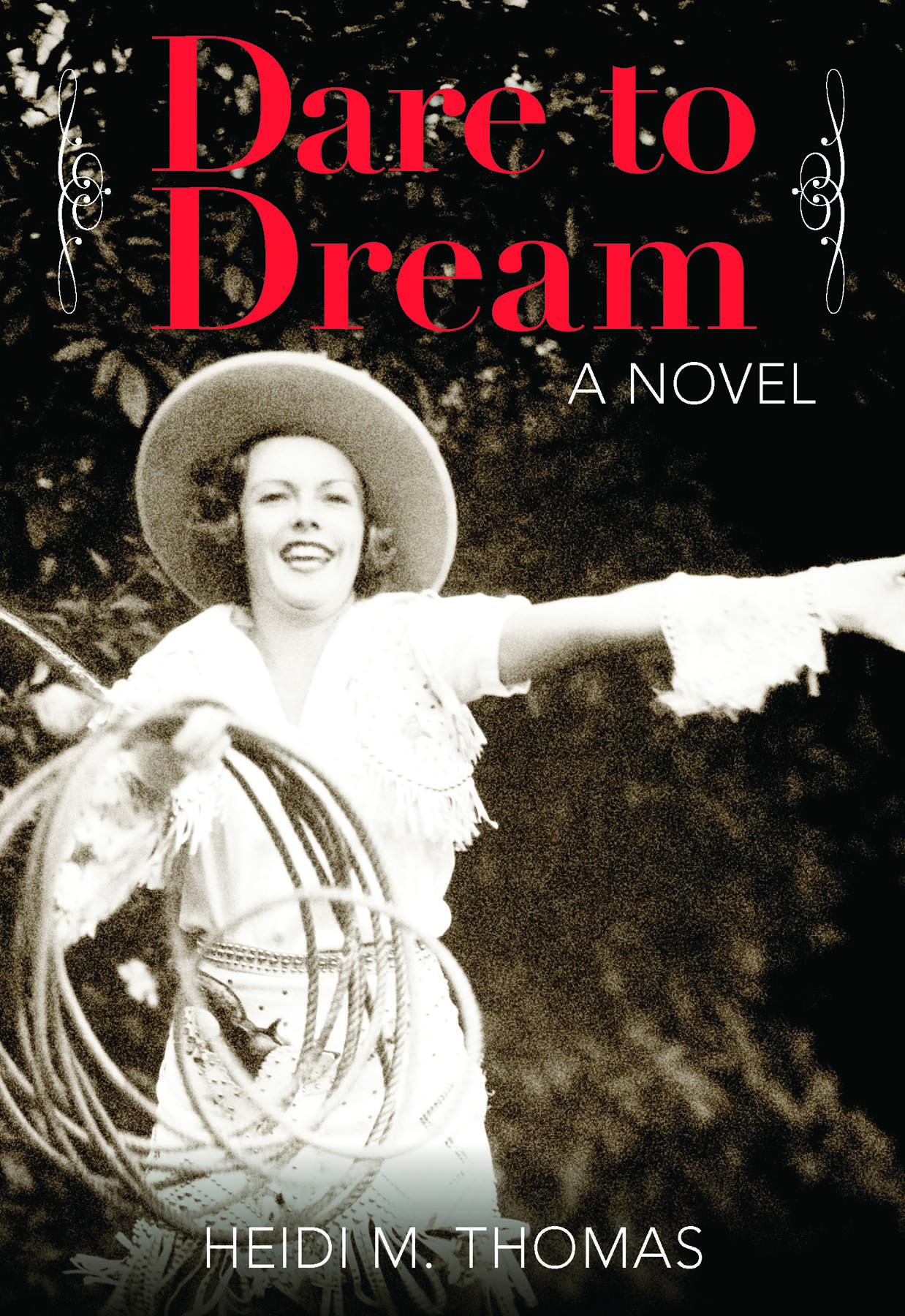
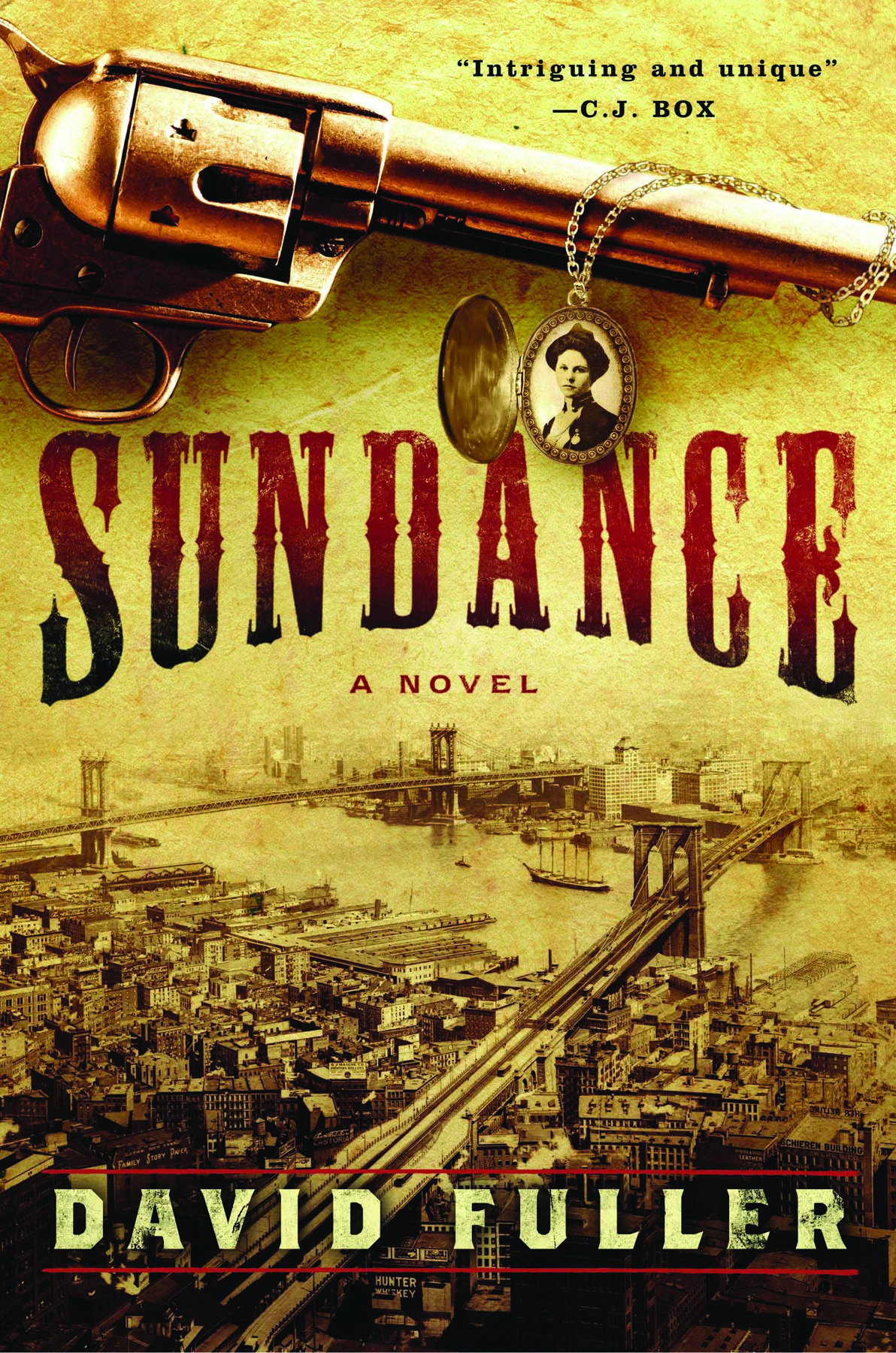
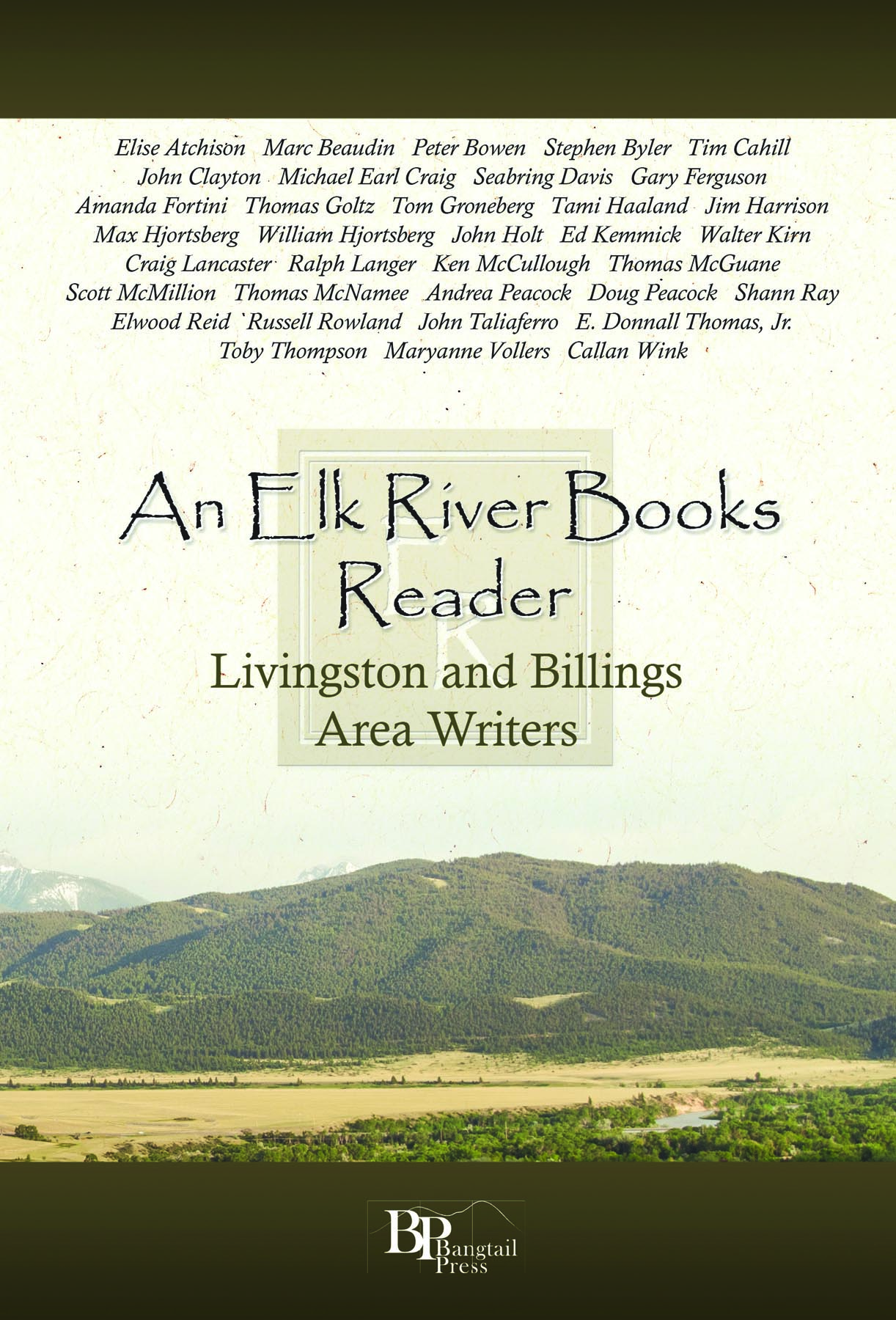
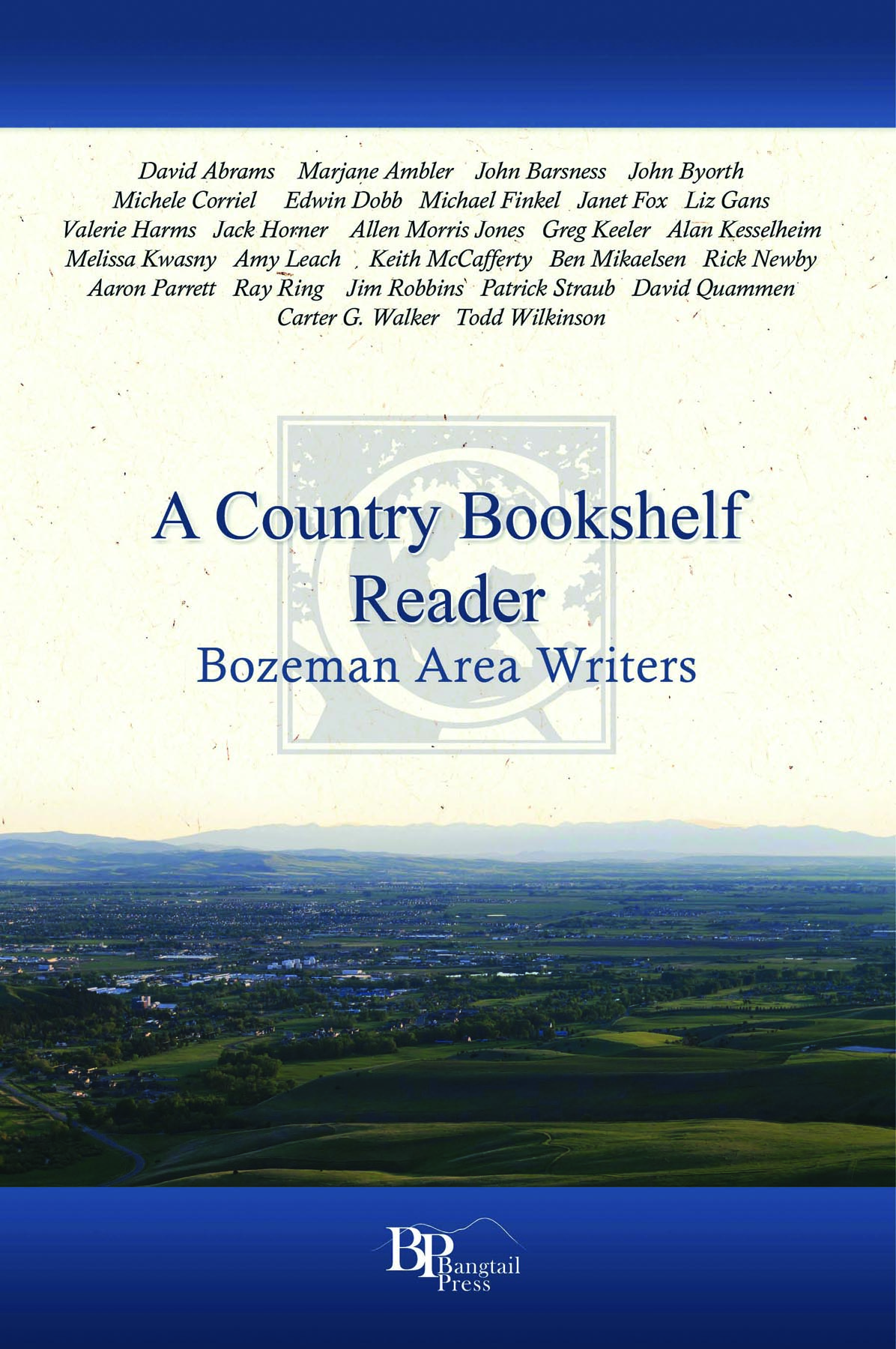
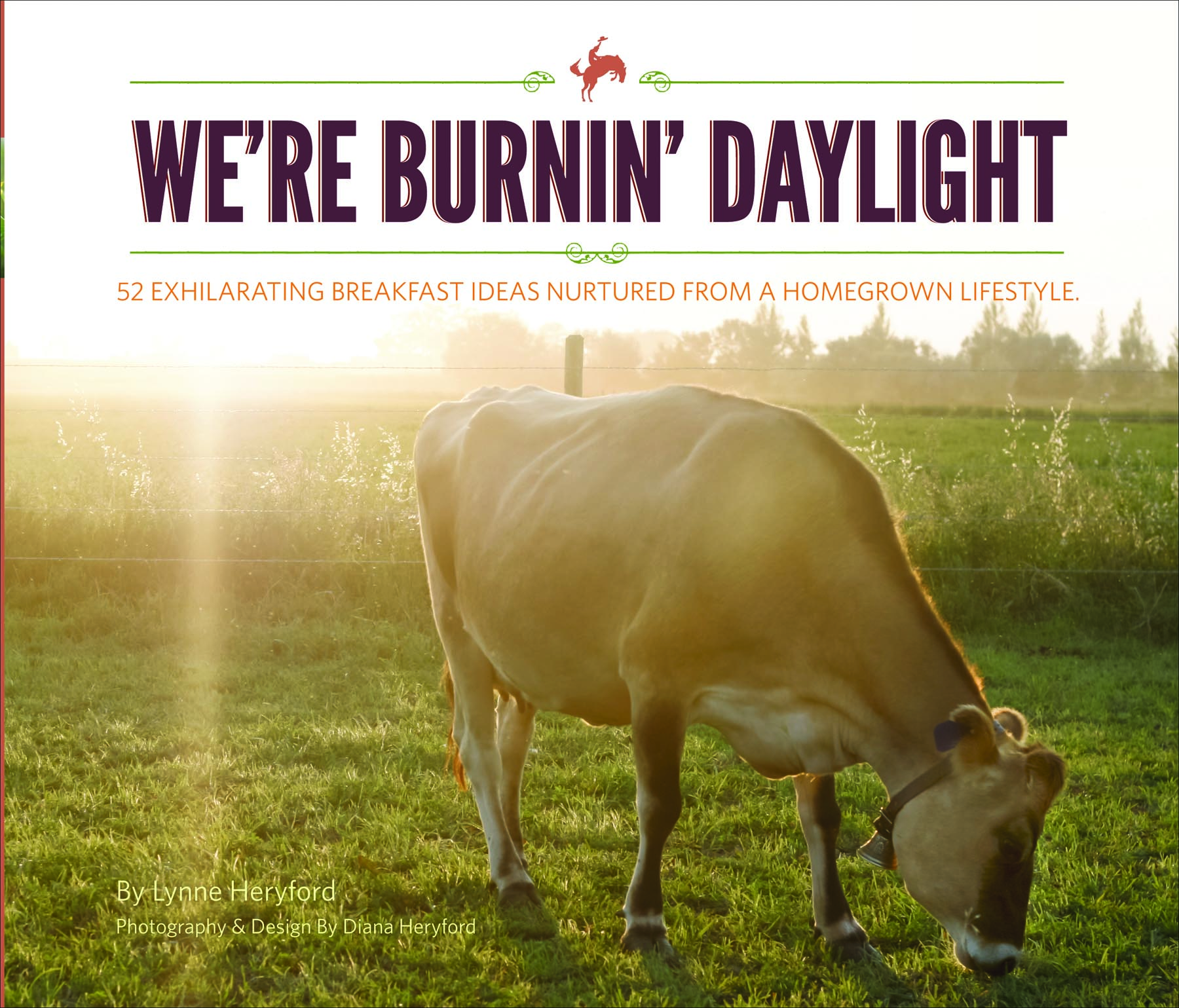
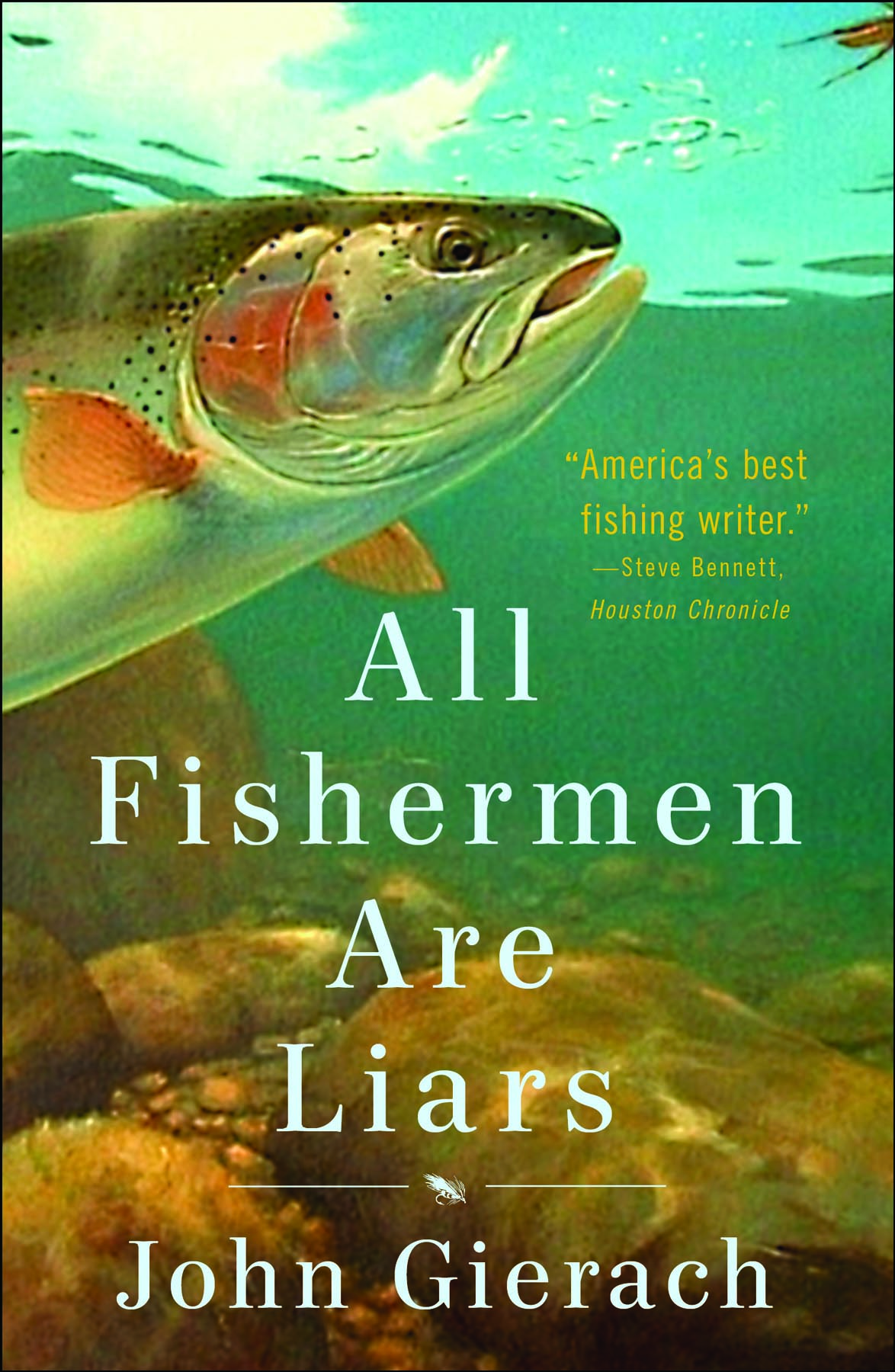
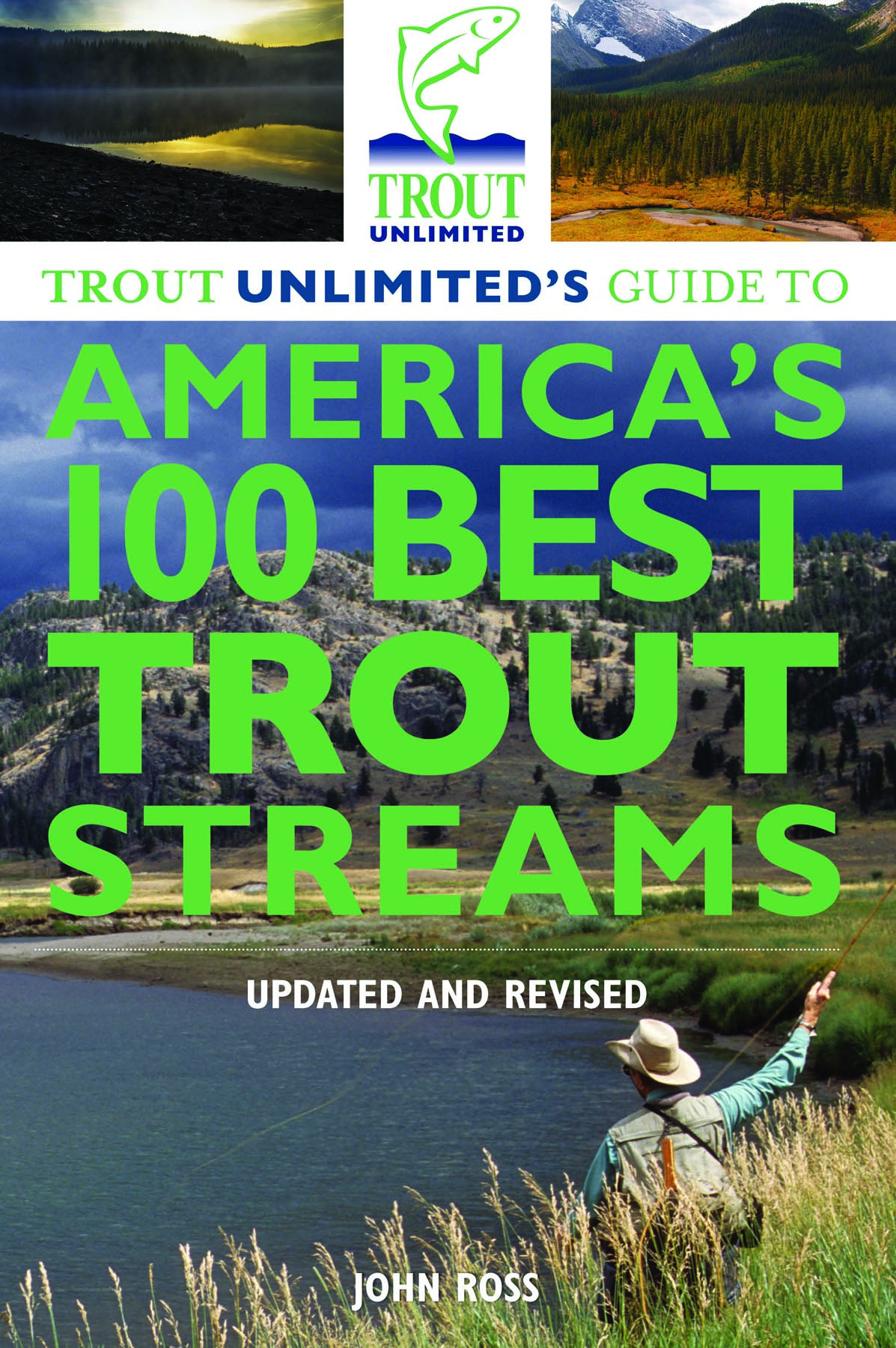


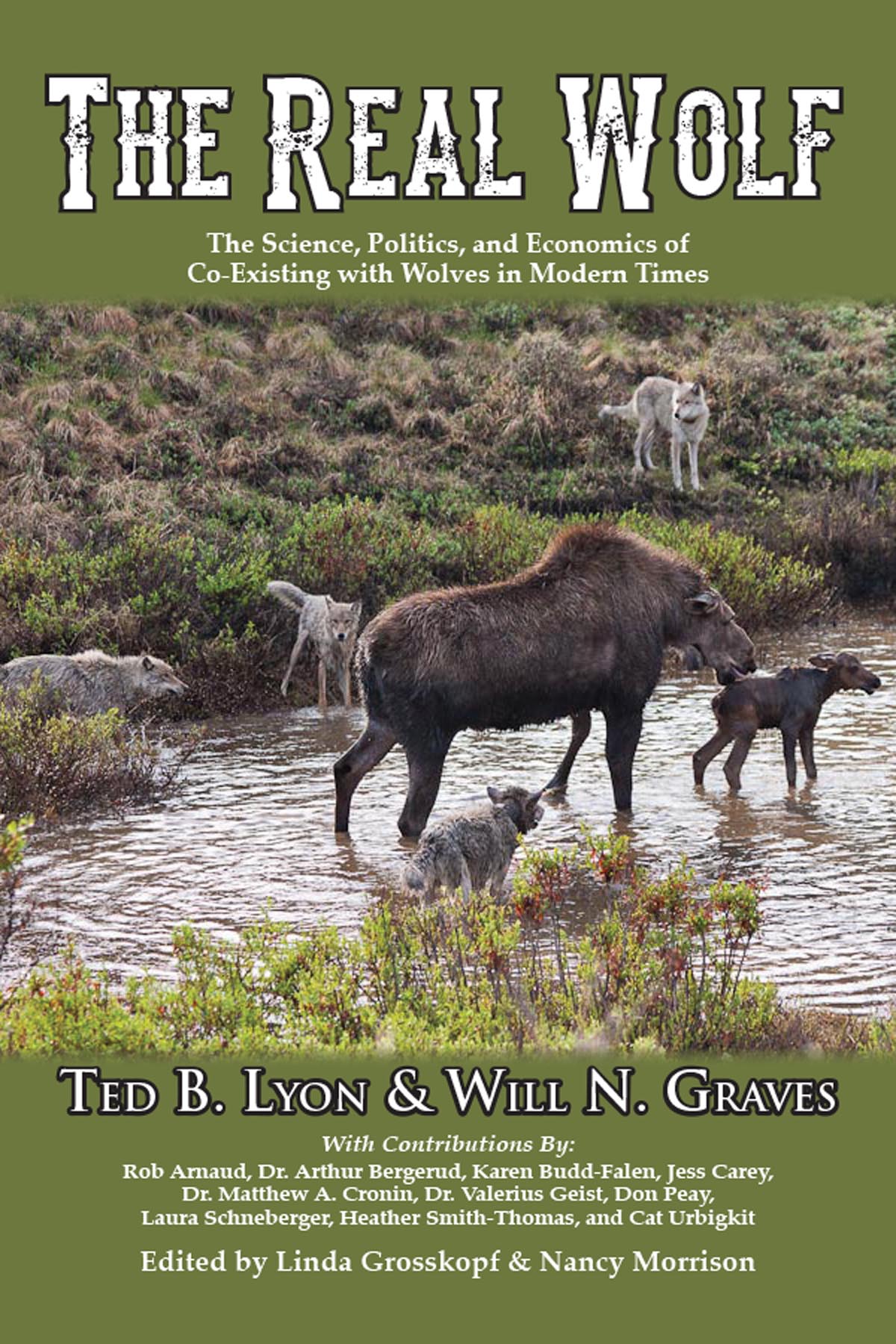
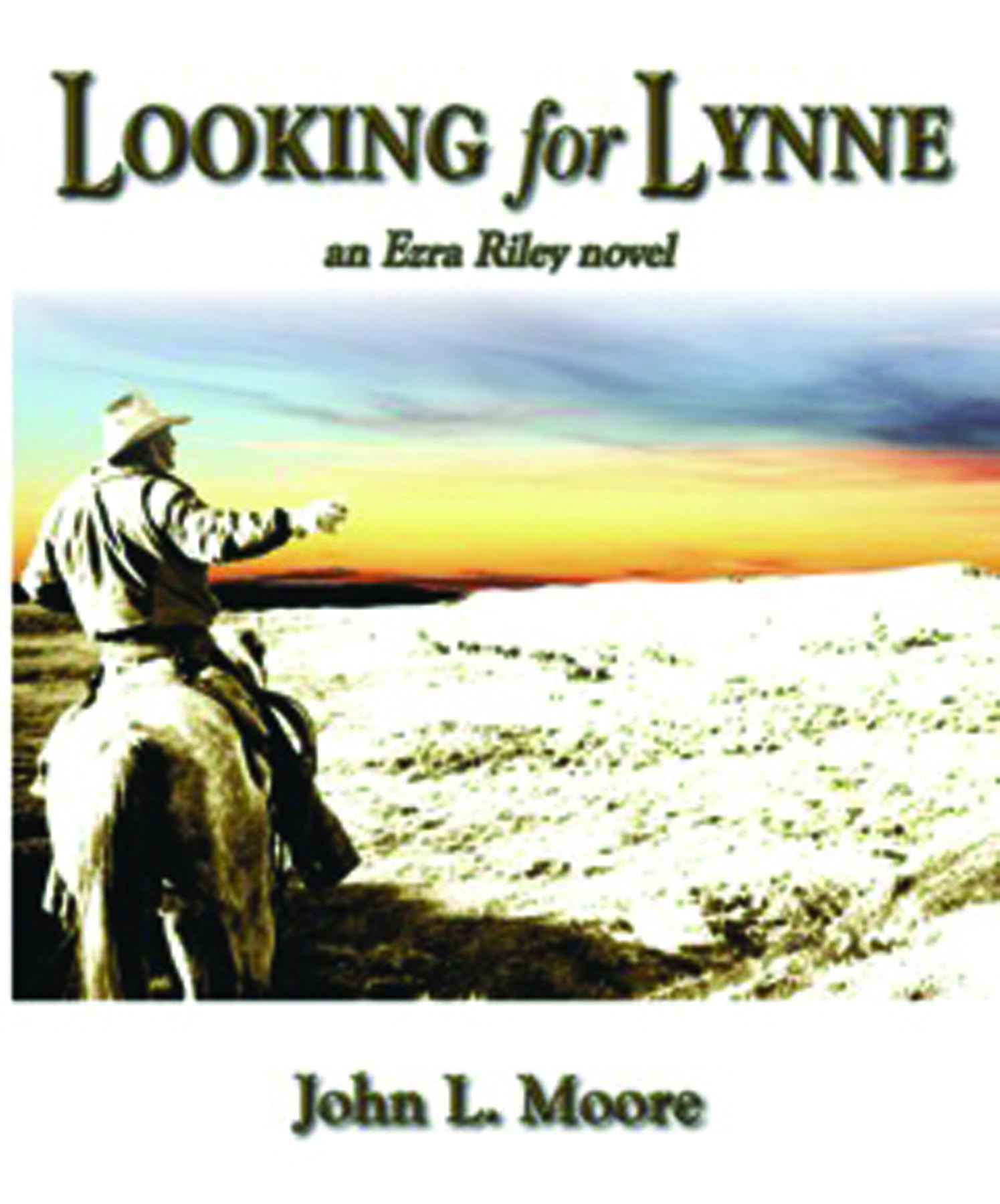

No Comments